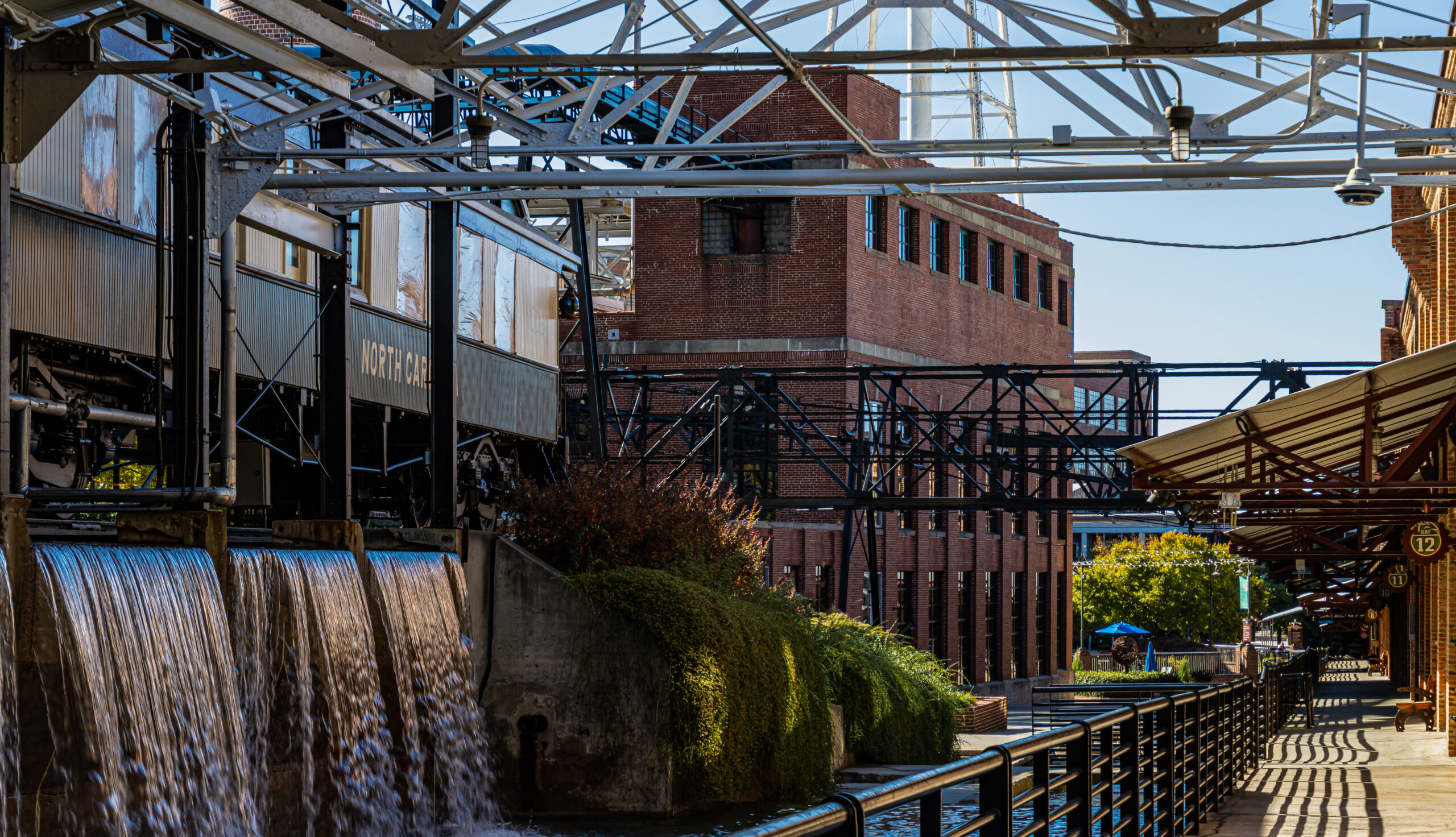
Historic mills stand as proud reminders of America’s industrial past. For residents, they also serve as an anchor of stability in a rapidly changing world. However, as time passes on these historic structures, there is a growing urgency to stabilize, preserve, and repurpose abandoned mills before they deteriorate beyond repair.
Often inheriting dilapidated mills and their associated environmental risks, upkeep costs, and security hurdles, local governments are keen to explore opportunities to unlock their potential. In addition to their value as heritage sites, a historic mill can represent a redevelopment opportunity to spur economic growth, boost tourism, and host new community facilities. Local governments typically lack the resources and expertise to rehabilitate properties independently, turning to public-private partnerships (P3) as a tool for historic mill redevelopment.
Before issuing a P3 solicitation for a private partner, a municipality must craft an implementation plan to guide a successful P3 strategy. Among many issues to consider:
- Envision the Mill’s Redevelopment: Prioritize desired outcomes like historic preservation, economic revitalization, or creating a cultural hub.
- Assess Public Support: Gauge the readiness of leaders to back the redevelopment financially and politically.
- Plan the Infrastructure: Identify essential public infrastructure and potential funding sources to support the project.
- Blueprint the Project: Draft a realistic timeline and budget for the project.
- Clarify Roles: Define public and private stakeholders’ roles, expectations, and benchmarks for success.
While foundational plans are important for a successful P3, flexibility is critical. Allow room for private partners to leverage their insights and expertise and adapt to evolving market conditions.
A well-framed P3 RFQ is a vision statement and an outline of how the local government will execute a project. It should demonstrate the municipality’s commitment to leverage the benefits and address the challenges of a P3. Instead of demanding design specifics and financial data from respondents, emphasize the public project team’s clarity of purpose and preparedness. Focus on evaluating potential partners for their alignment with the town’s goals and resources.
Even with the right P3 partner on board, challenges will arise. Anticipate structural surprises in the building, regulatory hurdles, community resistance, and market flux. An adaptable implementation plan and well-defined public-private partnership can navigate and overcome challenges as they arise.
Sometimes, a historic mill property might not be ripe for immediate private investment through a P3. In such cases, a town’s initiative to enhance infrastructure, host community programming, and invest in supporting public facilities will lay the groundwork for a future P3 and signal the local government’s commitment to the project’s long-term success.
The Florence Mill in Forest City, North Carolina, represents an example of public investment preceding a P3 in a historic mill redevelopment project. The Town has taken the lead in revitalizing the mill property, investing in the mill’s structural stability, adding a public amphitheater, bolstering infrastructure, and building an adjoining rail trail connecting with neighboring towns in Rutherford County. As the Town sets out to engage a development partner, the Town’s efforts showcase its dedication and readiness for the rehabilitation of the 1986 mill building through a P3.
INNOVATE P3 guides local governments in conceptualizing, strategizing, and implementing P3s to redevelop historic mills by emphasizing careful advanced planning and creating compatible and value-added public-private partnerships.
